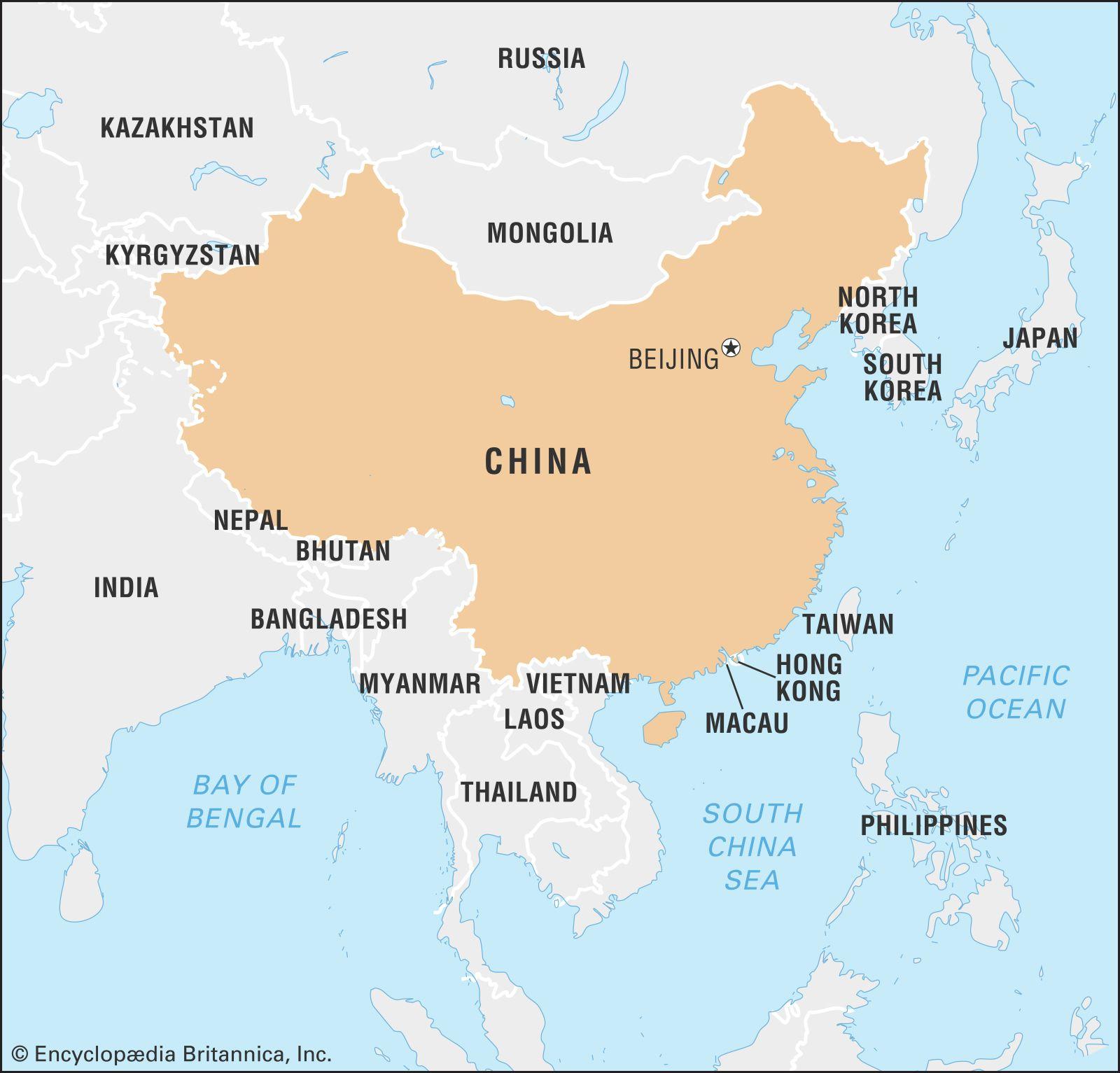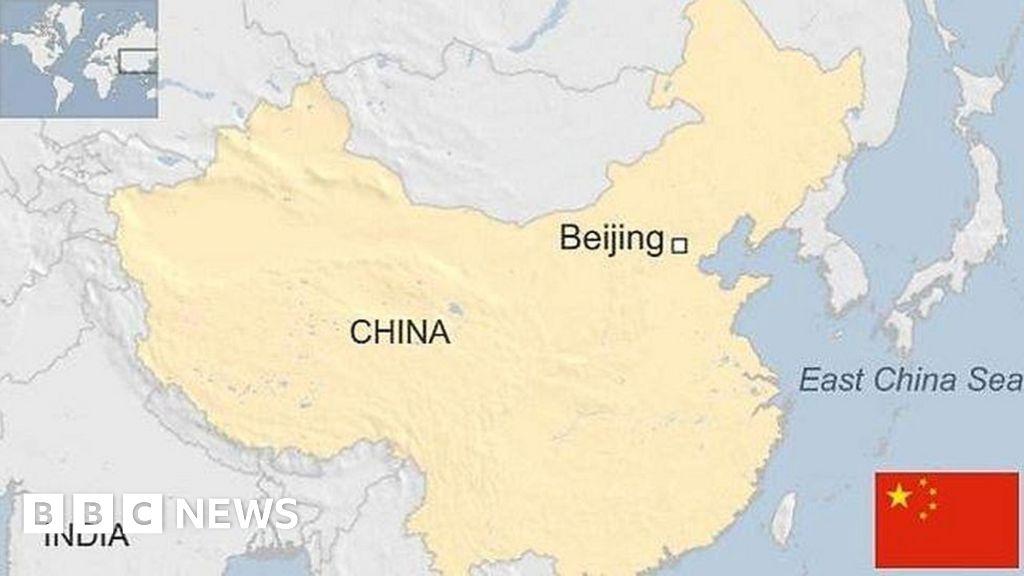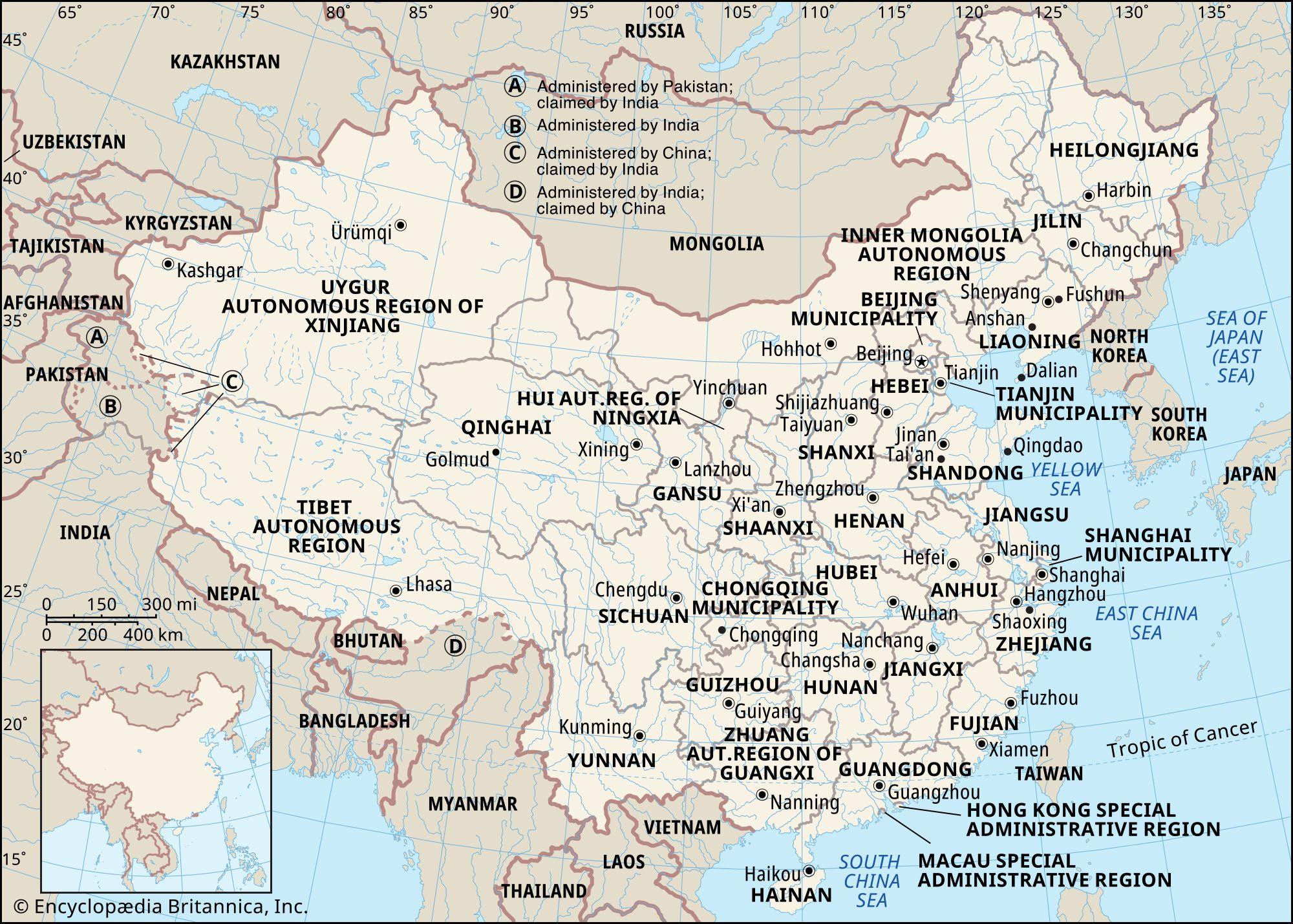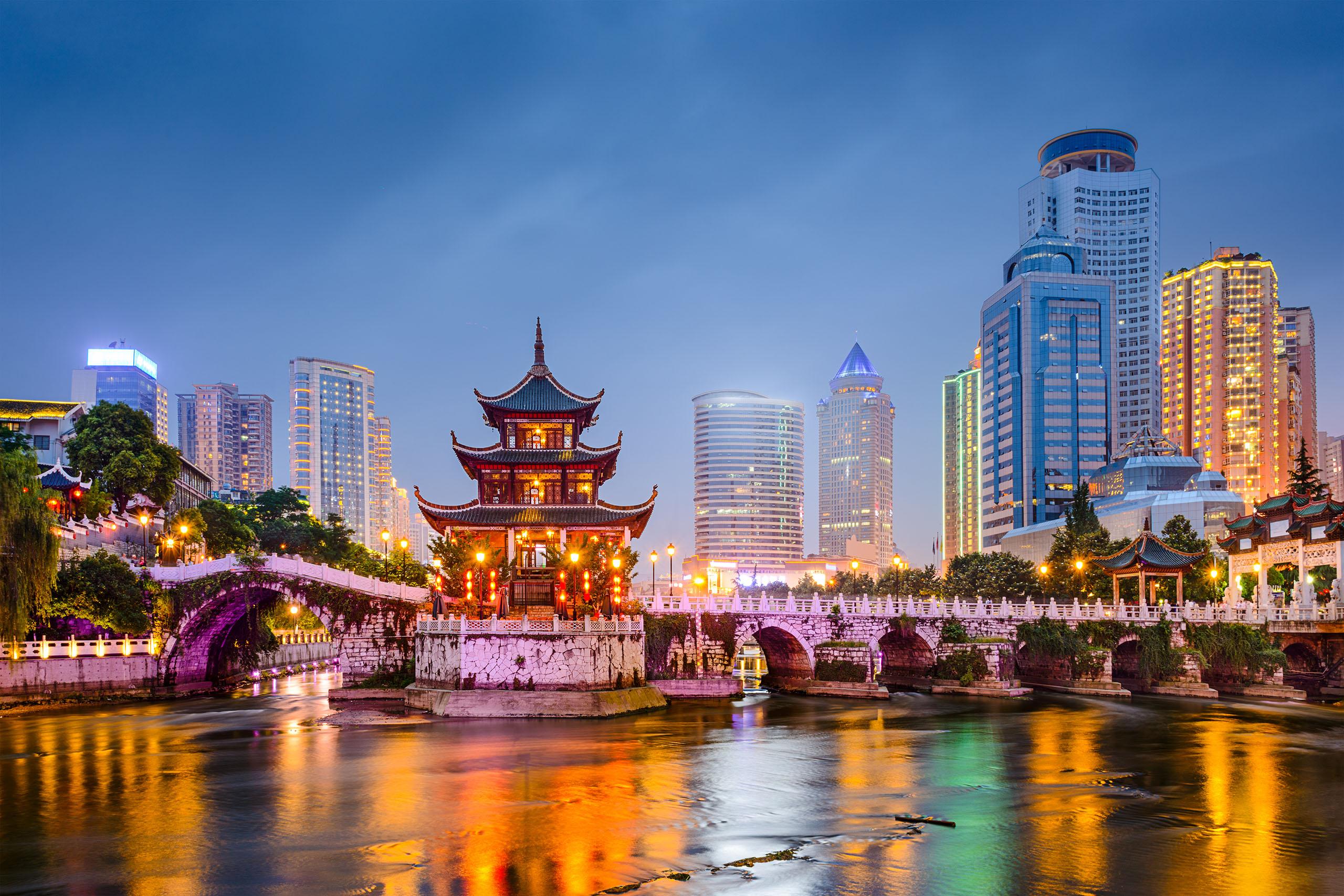The world’s eyes will be fixed on Dubai in 2023 as the climate crisis takes center stage at COP29. But amidst the urgent calls for action and the heated debates on emissions targets, a quiet diplomatic maneuver is brewing. A leaked document reveals China’s desire to bring trade measures to the forefront of the climate summit, suggesting a potential shift in the global conversation on how we tackle the climate crisis.
Table of Contents
- Chinas Climate Strategy: A Trade Conversation Awaits
- Beyond Emissions: Beijings Trade Diplomacy at COP29
- Global Climate Cooperation: Navigating Chinas Trade Demands
- Green Trade: The Nexus of Climate and Economic Interests
- Final Thoughts

Chinas Climate Strategy: A Trade Conversation Awaits
China, a leading player in the global climate conversation, is signaling a shift in its strategy for the upcoming COP29 climate summit in Dubai. A recently surfaced document reveals China’s desire to engage in discussions surrounding trade measures aimed at bolstering climate action. This move signals a potential shift in how China approaches international climate cooperation, with a focus on aligning trade policies with global climate goals. Potential areas of discussion could include:
- Carbon border adjustments: This has been a point of contention with the EU, and China’s interest suggests a potential for dialogue and compromise.
- Green trade barriers: Discussions could focus on ensuring that environmental regulations aren’t used as protectionist tools.
- Trade finance mechanisms: Exploring options for promoting investments in green technologies and infrastructure through trade financing.
This move signals a willingness by China to engage constructively in a multi-pronged approach to climate action, with trade playing a more central role. The outcome of these talks will be crucial in understanding how China, a significant player in both global trade and emissions, sees its role in shaping the future of the climate agenda.

Beyond Emissions: Beijings Trade Diplomacy at COP29
As the world gears up for the COP29 Climate Summit, China is making a bold move to link climate action with international trade. A leaked document reveals their intention to push for discussions on trade measures aimed at accelerating the transition to a low-carbon economy. This move marks a shift in China’s climate diplomacy, going beyond simply setting emissions targets. Here’s a breakdown of what this could mean:
- Carbon Border Adjustments: China might advocate for a global framework that limits carbon-intensive imports, similar to the EU’s Carbon Border Adjustment Mechanism (CBAM). This could affect industries like steel and aluminum.
- Green Trade Agreements: China could propose new trade agreements focused on sustainable practices, incorporating environmental standards and promoting green technologies.
- Financial Mechanisms: Discussion could focus on how to channel increased global financial resources to developing nations, specifically to support their climate ambitions and enhance their capacity to implement green trade measures.
This move raises questions about the potential impact on global trade patterns. While China aims to use trade policy as a lever for climate action, it remains to be seen how other countries will respond to these demands. The summit will be a crucial platform for navigating these complexities and shaping the future of trade in a changing climate.

Global Climate Cooperation: Navigating Chinas Trade Demands
The upcoming COP29 climate summit in Dubai has sparked anticipation for a potential shift in global climate cooperation, with China seeking dialogue about trade measures. A leaked document obtained by Reuters reveals China’s intentions to leverage the summit as a platform for discussing trade regulations related to climate actions, a move likely to raise eyebrows among other nations.
China’s push for trade talks signifies the intricate interplay between climate action and global markets. The document outlines several key concerns, including:
- Carbon tariffs: China aims to address potential trade disruptions caused by carbon tariffs imposed by some countries, arguing that these measures can be discriminatory and hinder trade flows.
- Green subsidies: China is keen to discuss the fairness and transparency of green subsidies offered by developed countries, arguing that these policies can create an uneven playing field for emerging economies.
- Carbon leakage: China seeks to address carbon leakage, where industries relocate to countries with weaker climate regulations, potentially undermining global efforts to reduce emissions.
These concerns are likely to generate discussions on how to harmonize trade policies with climate ambitions without creating barriers to international commerce. The outcome of these discussions will be crucial in shaping the global response to climate change, potentially influencing the effectiveness of future climate action.
Green Trade: The Nexus of Climate and Economic Interests
China’s push for trade discussions at the COP29 climate summit underscores the growing recognition that environmental sustainability and economic prosperity are inextricably linked. This move signals a desire to shape the global dialogue around “green trade,” where environmental considerations are at the heart of international commerce. The summit presents a crucial platform for nations to navigate this complex terrain, exploring ways to:
Promote sustainable trade practices: This could involve harmonizing environmental regulations, fostering investment in green technologies, and incentivizing the production and consumption of sustainable goods.
Address the impact of trade on climate change: Countries can work together to reduce carbon emissions associated with global supply chains, with a focus on minimizing deforestation, promoting circular economies, and supporting the development of renewable energy sources.
* Facilitate technology transfer: Developing countries could benefit from access to advanced green technologies and expertise from more developed nations, creating opportunities for sustainable development and economic growth.
These discussions will undoubtedly shape the future of global trade, forging a path toward a more equitable and environmentally responsible economic system.
Final Thoughts
The stage is set for a unique dance at COP29. China, a global leader in renewable energy, is preparing to waltz with the West on the floor of international climate policy. Will this dance be a graceful waltz, or a clash of titans? Time, it seems, will tell. But one thing is for sure: the world is watching. The tempo has been set. Let the negotiations begin.

Leave a Reply